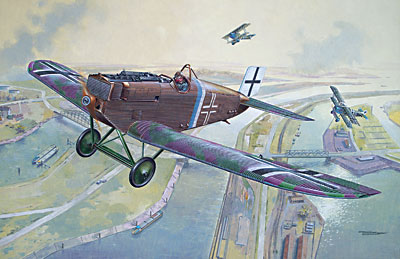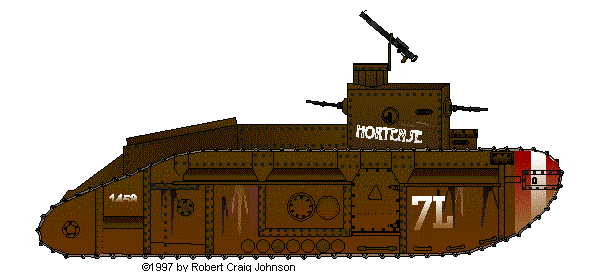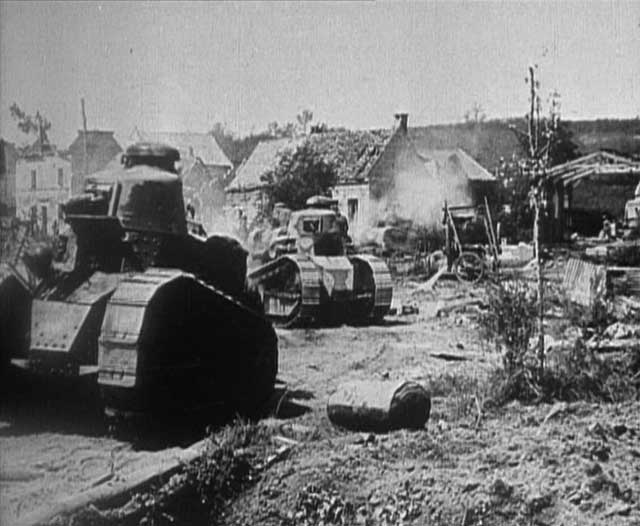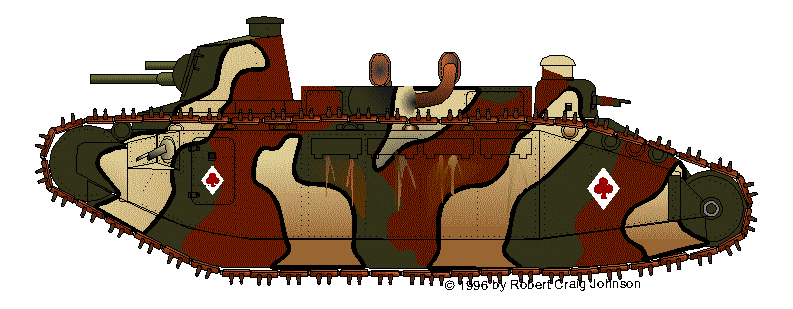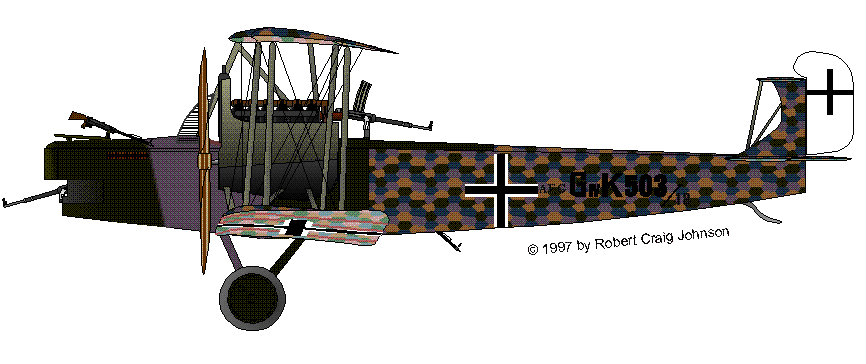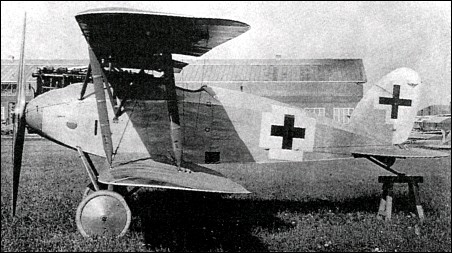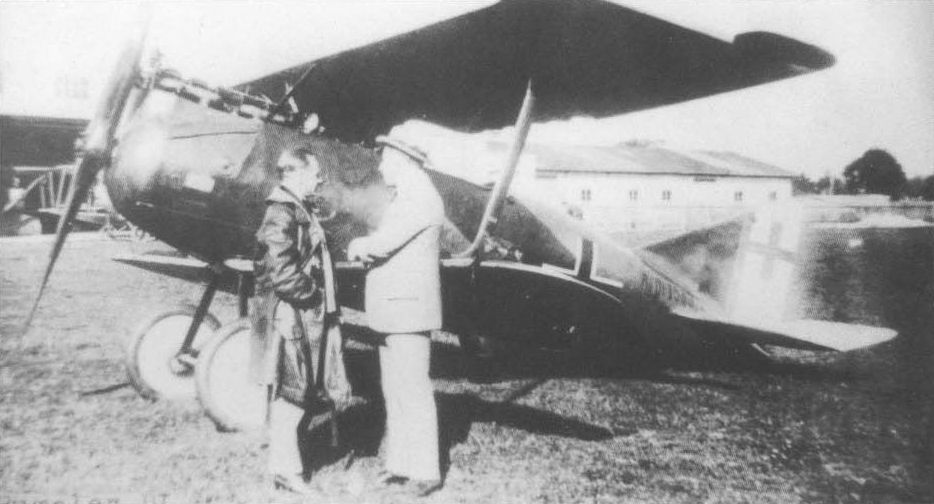"New Year's Day, 1919: Today we flew our Siemens and Fokker biplanes to a new airfield fifty kilometers from Paris. The skies are heating up as the weather clears. Yesterday, Leutnant Kraut was shot down by an English "Buzzard" biplane during a routine patrol. Those are appearing in increasingly worrisome numbers."
--Journal of Oberleutnant Ernst Udet, Commander of Jasta 4, JG I
"With a new generation of fighting aircraft, we can take the offensive to the Huns, both tactically, and strategically."
--Major-General Frederick Sykes, 6 December, 1918
"The new German tank known as "LK II" is very fast and a match for the FT-17. We must accelerate tank development and production if we wish to regain the initiative in the war."
--Jean Baptiste Eugène Estienne
----------------------------------------------------------------------------------
Welcome to my new scrapbook-style timeline chronicling the final months of a different Great War, and the men, machines and microbes which shaped its course. Feedback would be appreciated.
------------------------------------------------------------------------------------

Vickers Vimy heavy bomber, photographed in Kent (11/26/1918)

Junkers CL.I two-seater color painting
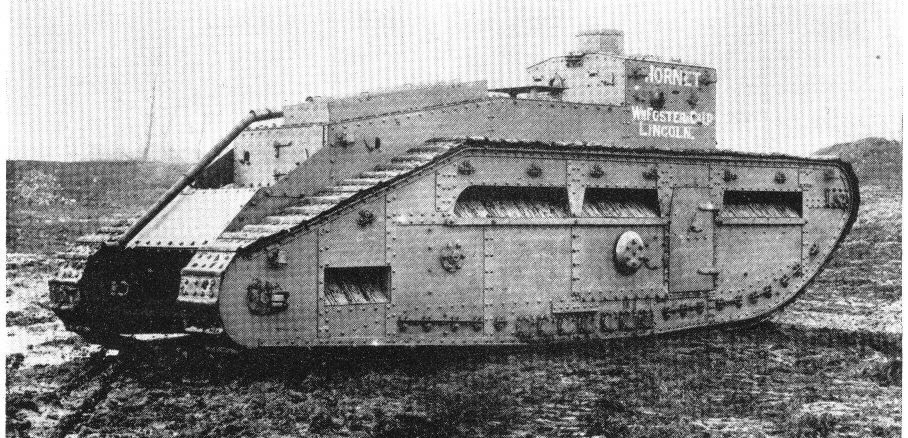
British Medium Mark C tank photographed somewhere in England prior to being shipped off to the front (12/09/1918)

German battlecruiser SMS Seydlitz sinking after being torpedoed by Sopwith Cuckoo torpedo-bombers in the Battle of West Hinder (2/18/1919)
--Journal of Oberleutnant Ernst Udet, Commander of Jasta 4, JG I
"With a new generation of fighting aircraft, we can take the offensive to the Huns, both tactically, and strategically."
--Major-General Frederick Sykes, 6 December, 1918
"The new German tank known as "LK II" is very fast and a match for the FT-17. We must accelerate tank development and production if we wish to regain the initiative in the war."
--Jean Baptiste Eugène Estienne
----------------------------------------------------------------------------------
Welcome to my new scrapbook-style timeline chronicling the final months of a different Great War, and the men, machines and microbes which shaped its course. Feedback would be appreciated.
------------------------------------------------------------------------------------

Vickers Vimy heavy bomber, photographed in Kent (11/26/1918)

Junkers CL.I two-seater color painting

British Medium Mark C tank photographed somewhere in England prior to being shipped off to the front (12/09/1918)

German battlecruiser SMS Seydlitz sinking after being torpedoed by Sopwith Cuckoo torpedo-bombers in the Battle of West Hinder (2/18/1919)
Last edited:




